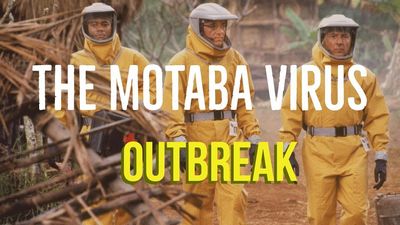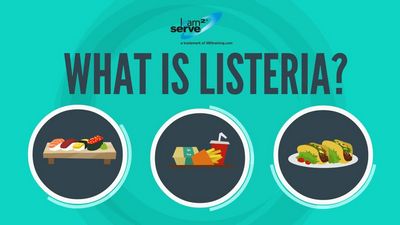An outbreak is a rapid spread of infection to a large amount of people at a single point in time.

For instance, in meningitis, the incidence of attack within the first few days of infection is considered an outbreak. There are also other examples for an outbreak, such as measles and typhoid fever. Outbreak can be classified into two basic types: pandemic and non pandemic. In this article, we will look at the differences between pandemic and non pandemic outbreaks.
A pandemic outbreak is the rapid onset of contagious disease to a wide variety of people at one point in time. This is often accompanied by a dramatic increase in the mortality rate. An example of a pandemic is the SARS or Severe Acute Respiratory Syndrome outbreak that occurred in China and Hong Kong in 2020. For the sake of convenience, here, pandemic refers to any outbreak with a high mortality rate or a wide spread of illness and death.
Outbreak can also refer to the spread of disease from one location to another. The spread of an outbreak is usually very rapid and contagious, as people tend to travel a lot from one place to another, especially during an outbreak.
In contrast, a non-pandemic outbreak is the slow and steady spread of the disease from one area to another. Generally, this type of outbreak does not have an alarming effect on the overall health of the population. It can occur due to different reasons, such as lack of hygiene and a lack of access to treatment.
If you consider an epidemic as a major threat to the general public, you should pay close attention to the outbreak that takes place each year. You might be wondering what causes an epidemic, as it is a difficult question to answer. However, if you study the history of the world’s most dangerous pandemics, you will find out that most outbreaks are caused by a certain type of bacteria or virus.

This makes pandemics contagious.
When the threat of an outbreak becomes severe, it is usually reported to the media, the government, or to public health authorities. As a result, news of the threat spreads rapidly. When an outbreak is mentioned, there are generally a lot of media coverage and it can become the topic of discussion among people who follow news related to health. In addition, when it becomes the subject of public discussion, it has a high potential for spreading quickly.
A pandemic can occur in many forms, including a simple case where an isolated case of infection occurs. An example of this is the common cold or strep throat. It may be quite serious but this is only a simple case as it is curable by a simple treatment. However, in a more serious situation, such as that of HIV/AIDS or SARS, people start to worry, and they start to monitor the situation closely.
When an epidemic situation occurs, it is important to take precautions to avoid contracting an outbreak so that you can get the necessary medical help to fight the problem. Prevention is the best cure.
If a pandemic threat does occur, it can cause a lot of damage. This can be quite devastating for the society in which the disease first appeared. If the threat is contained before it spreads, it can prevent the entire world from experiencing the impact of an outbreak.
However, if an epidemic threat is not contained in time, the impact can be severe and can even threaten the lives of people who do not have any knowledge about the pandemic threat. Therefore, it is important to act quickly when the pandemic has reached an epidemic level so that it can be controlled and stopped.
Pandemic outbreaks can occur anytime and everywhere. Some of these outbreaks can be small, while some are quite large.
If an outbreak is going to happen in your area, it is important to know what is going on with regard to the pandemic threat and how to prevent the outbreak in the best way possible. This is very important since the virus that causes an epidemic will continue to mutate.